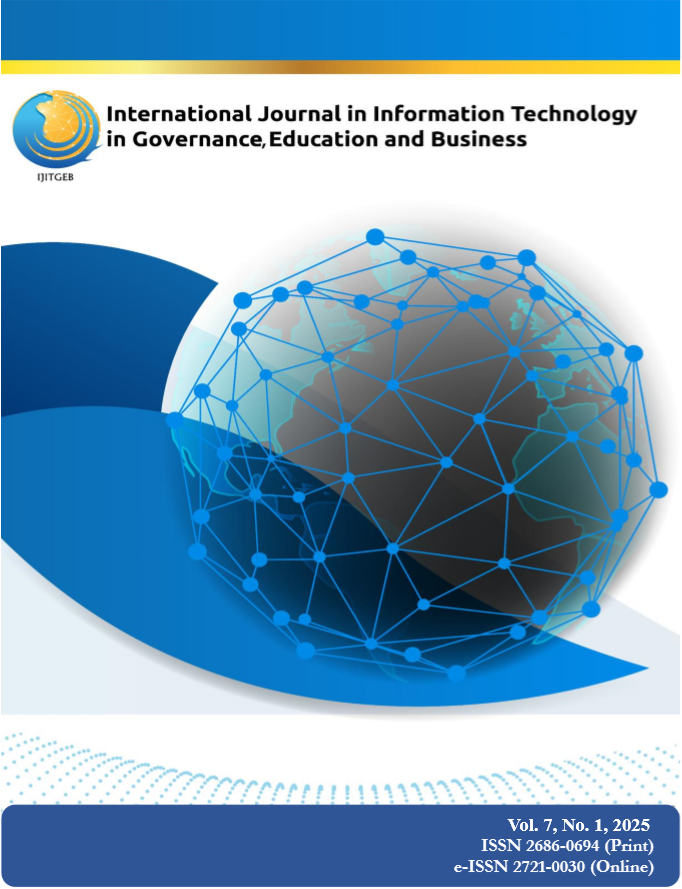Morphological Evolution of the Krasnodar Reservoir Bed (2006-2021): Insights from Geomorphometric Analysis and Benthic Form Transformations
Abstract
In the Krasnodar region of the Russian Federation, a water reservoir was established along the Kuban River in 1973 and has undergone gradual siltation and significant morphological changes over the years. This study employs geomorphometry to examine the reservoir’s bathymetry and categorize its mesoscale landforms, drawing on multiple bathymetric surveys. By utilizing Digital Benthic Models (DBM) and geospatial analysis, we examine the morphological evolution from 2016 to 2021. The results reveal notable transformations in benthic forms, including the disappearance of U-shaped valleys and their transition into canyons and plains. Spatial correspondence analysis and quantitative assessments offer insights into the consistency and changes within the reservoir’s landscape. These findings not only contribute to a deeper understanding of sedimentation processes and reservoir morphometry but also have practical implications for reservoir management and environmental conservation.
Received Date: December 4, 2024
Revised Date: March 17, 2025
Accepted Date: March 27, 2025
Click to Access and Download the Article:
References
- Alekseevsky, N. I., Berkovich, K. M., Chalov, R. S., & Chalov, S. R. (2012). Spatial-temporal variability of channel deformations on the rivers of Russia. Geografiya i Prirodnye Resursy, 3, 13–21. (in Russian)
- Avakyan, A. B., Saltankin, V. P., & Sharapov, V. A. (1987). Vodokhranilishcha [Reservoirs]. Mysl'. (in Russian)
- Chen, X., Qiao, Q., McGowan, S., Zeng, L., Stevenson, M. A., Xu, L., Cao, Y. (2019). Determination of geochronology and sedimentation rates of shallow lakes in the middle Yangtze reaches using 210Pb, 137Cs, and spheroidal carbonaceous particles. CATENA, 174, 546–556. https://doi.org/10.1016/j.catena.2018.11.041
- Darama, Y., Selek, Z., Selek, B., Mehmet Ali, A., & Dagdeviren, M. (2019). Determination of sediment deposition of Hasanlar Dam using bathymetric and remote sensing studies. Natural Hazards, 97(1), 211–227. https://doi.org/10.1007/s11069-019-03635-y
- Florinsky, I. V. (2021). Geomorphometry today. Proceedings of the International Conference «InterCarto. InterGIS», 27(2), 394–448. (in Russian). https://doi.org/10.35595/2414-9179-2021-2-27-394-448
- Gao, J.-Z., Long, Y., Zhang, X.-B., Collins, A. L., He, X.-B., Zhang, Y.-Q., & Shi, Z.-L. (2016). Interpreting sedimentation dynamics at Longxi catchment in the Three Gorges Area, China, using 137Cs activity, particle size, and rainfall erosivity. Journal of Mountain Science, 13(5), 857–869. https://doi.org/10.1007/s11629-015-3637-0
- Gonzalez Rodriguez, L., McCallum, A., Kent, D., Rathnayaka, C., & Fairweather, H. A. (2023). Review of sedimentation rates in freshwater reservoirs: recent changes and causative factors. Aquatic Sciences, 85, 60. https://doi.org/10.1007/s00027-023-00960-0
- Iampietro, P. J., Kvitek, R. G., & Morris, E. (2005). Recent advances in automated genus–specifi c marine habitat mapping enabled by high-resolution multibeam bathymetry. Marine Technology Society Journal, 39, 83–93.
- Kalinin, V. G., Pyankov, S. V., & Perevoshchikova, O. A. (2018). On the formation of the underwater topography of valley reservoirs (by the example of the Kama Reservoir). Geographical Bulletin, 1(44), 128–137. (in Russian). https://doi.org/10.17072/2079-7877-2018-1-128-137
- Laguta, A. A., & Pogorelov, A. V. (2018). Peculiarities of Krasnodar water reservoir silting. Evaluation based on the data of bathymetric surveys. Geographical Bulletin, 4(47), 54–66. (in Russian). https://doi.org/10.17072/2079-7877-2018-4-54-66
- Laguta, A. A., & Pogorelov, A. V. (2019). Peculiarities of delta formation in rivers flowing into the valley reservoir (a case study of Krasnodar Reservoir). Geographical Bulletin, 50, 119–134. (in Russian). https://doi.org/10.17072/2079-7877-2019-3-119-134
- Lurie, P. M., Panov, V. D., & Tkachenko, Ju. Ju. (2005). Reka Kuban': gidrografiya i rezhym techeniya [Kuban River: hydrography and flow regime]. Gidrometeoizdat.
- Nowosad, J., & Stepinski, T. F. (2018). Spatial association between regionalizations using the information-theoretical V-measure. International Journal of Geographical Information Science.
- Pogorelov, A. V., Laguta, A. A., & Kiselev, E. N. (2022). New data on silting of the Krasnodar Reservoir. Geographical Bulletin, 2(61), 166–179. (in Russian). https://doi.org/10.17072/2079-7877-2022-2-166-179
- Pogorelov, A. V., Laguta, A. A., Kiselev, E. N., & Lipilin, D. (2021). Features of the long-term transformation of the Krasnodar Reservoir, near the mouth of the Kuban River, Russia. Journal of Geographical Sciences, 31, 1895–1904. https://doi.org/10.1007/s11442-021-1928-7
- Schiefer, E., Petticrew, E. L., Immell, R., Hassan, M. A., & Sonderegger, D. L. (2013). Land use and climate change impacts on lake sedimentation rates in western Canada. Anthropocene, 3, 61–71. https://doi.org/10.1016/j.ancene.2014.02.006
- Weiss, A. D. (2001). Topographic Position and Landforms Analysis. Conference Poster, ESRI International User Conference, San Diego, CA, USA.
- Xu, M., Dong, X., Yang, X., Chen, X., Zhang, Q., Liu, Q., & Jeppesen, E. (2017). Recent sedimentation rates of shallow lakes in the middle and lower reaches of the Yangtze River: patterns, controlling factors and implications for lake management. Water, 9(8), 617. https://doi.org/10.3390/w9080617

This work is licensed under a Creative Commons Attribution-ShareAlike 4.0 International License.






